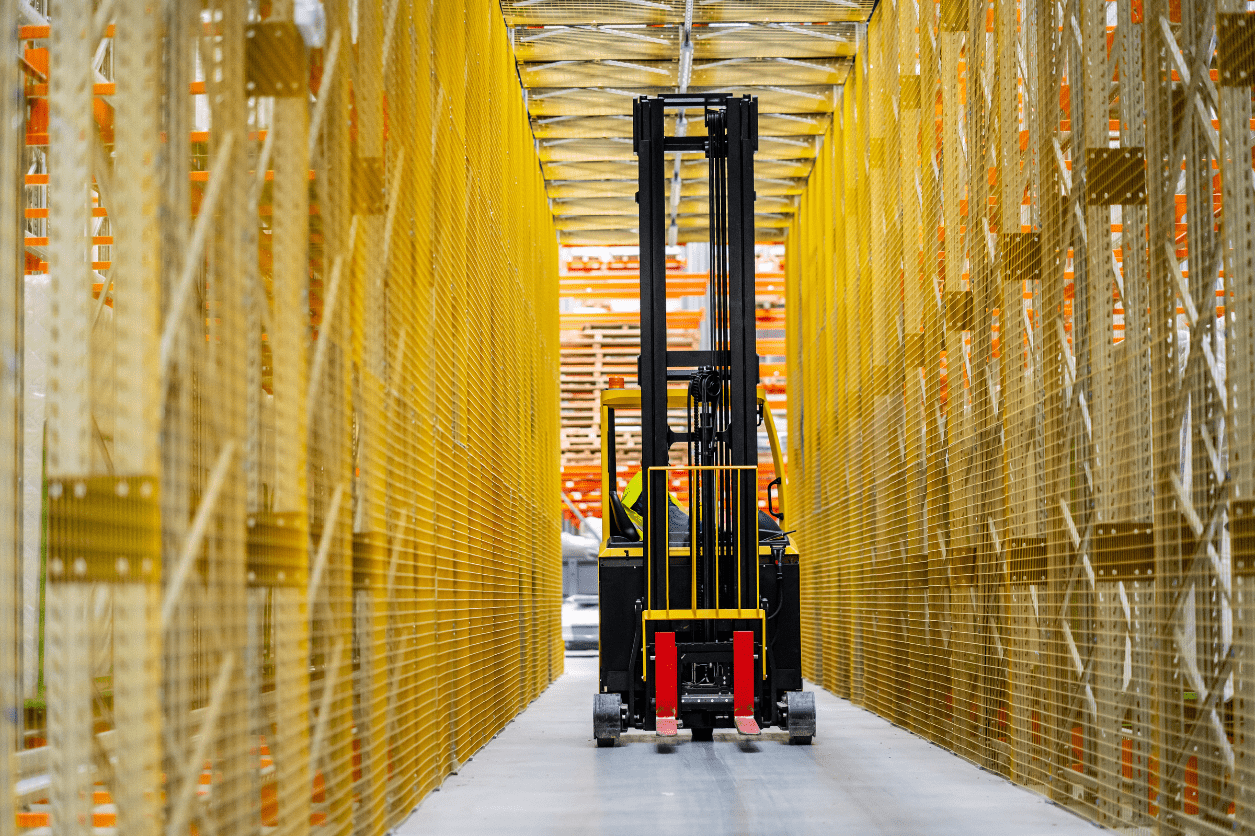The evolution of the warehouse and the fast-paced just-in-time supply chain that it enabled was the result of a symbiotic relationship between forklifts, shipping containers and warehouse design. Evolutions in one would inevitably ripple and affect the other two.
Once the forklift became the dominant tool for moving supplies around a warehouse, it led to a fundamental shift in how goods were stored and moved. Gone were the days of bulk goods, replaced by palletised goods transported via shipping containers.
This evolution was intensified by the Second World War. The closest to a total war in history, every single aspect of the war effort mattered to ensure victory, including how provisions were stored and shipped. Many of the international standards for containers and pallets were established between 1939 and 1945.
Once the war was concluded, the goal was to make storage even more efficient. As it was cheaper to build higher and maximise the use of existing space than to buy more land, many companies opted for increasingly efficient fulfilment and storage centres.
This was made possible thanks to Lansing Bagnall, a tractor company that transitioned to making forklift trucks in the late 1940s.
However, its biggest revolution came in 1961, when they introduced the first narrow aisle reach trucks.
These forklifts changed the shape of warehouses forever, as they considerably reduced the amount of space a forklift needed to turn, access and move inventory compared to its predecessors, which were much bigger and had much larger turning circles.
This allowed for the aisles of warehouses to be narrower, which naturally increased the potential shelf space available, even notwithstanding the increased reach potential of the Langsing Bagnall trucks compared to their competitors at the time.
This first helped to establish the supply chain as we know it today, and whilst forklifts are more specialised than ever before, it is based on the principle of providing the most utility in the smallest space.

